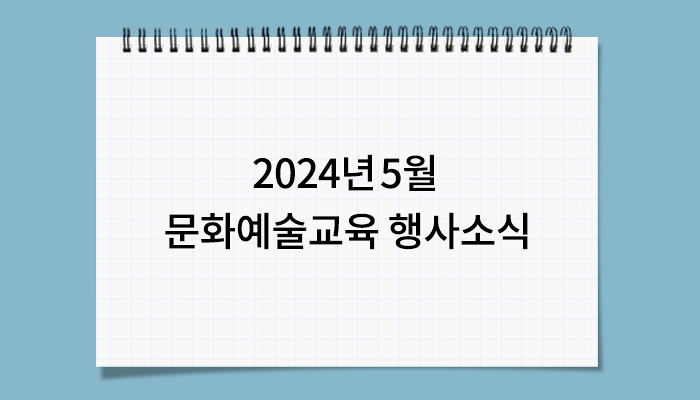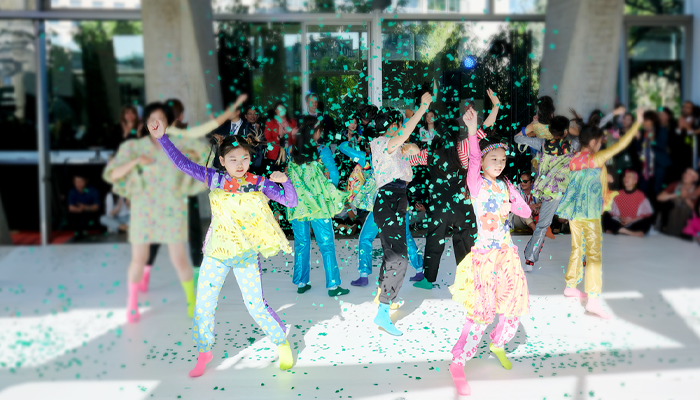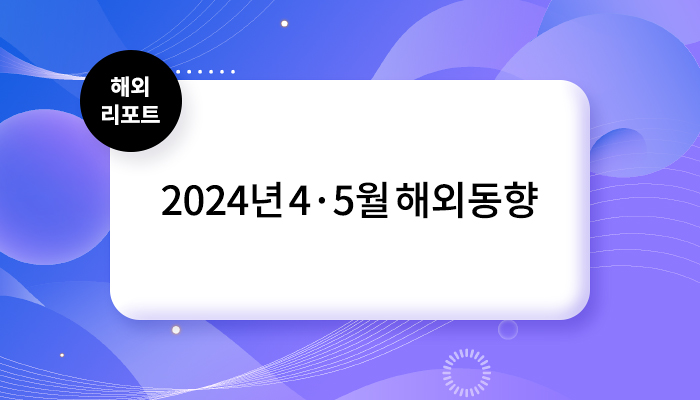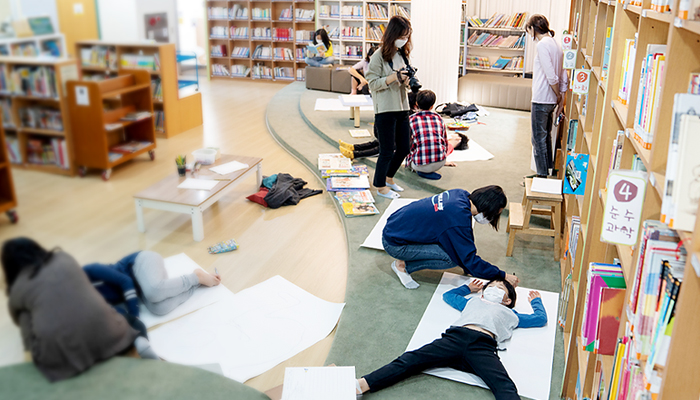
Gyeonggi Provincial Museum has been holding an exhibition under the title, ‘Chaekgeori Screen Paintings: History of Studies from the Joseon Dynasty to Modern Times’ since March 21. The exhibition, which continues until June 10, introduces both the Chaekgeoris (screen paintings of books, ink-stones, ink-stick, and painting brush) in the Joseon Dynasty and those in modern times. Approximately 50 pieces of collection from 20 different sources including private collectors, artists, the Korean Minhwa Society, the National Palace Museum, and Leeum-Samsung Museum of Art are being exhibited. Spring has come. Let’s have a special journey to the exhibition which makes it possible to meet with the Korean ancestors’ affection for books.
The kingdom of books
Chaekgeori is a screen painting of books and other objects, which had started to be painted at the royal court during the late Joseon Dynasty and was widely painted among the common people. It is sometimes called ‘Chaekgado’ when a wooden bookshelf is painted, or called ‘Chaekgeori’ when various objects including books are painted.
“What made us astonished and injured our pride was the fact that people had books everywhere in their houses no matter how poor they were,” said Joubert, a French naval officer who attacked Ganghwa Island and plundered Oegyujanggak (the royal library of the Joseon Dynasty in Ganghwa Island) during Byeonginyangyeo Incident in 1866.
Books and learning were prized by the Korean ancestors. It was indeed a kingdom of books at that time. Fashions in Chaekgeori are closely related to King Jeongjo who was a scholarly sovereign in the late Joseon Dynasty. A record reads that Jeongjo was so fond of learning and books that he boastfully explained regarding Chaekgeori screen paintings drawn by the painter of garden from 1791 to 1798 after exhibiting them behind the royal seat in Seonjeonjeong which was a royal palace of Changdeokgung.

Meeting of the past and the modern

This special exhibition is composed of four great divisions. The first division deals with the theme of love, which exhibits photographs, paintings, and Chaekgado that was considered to be an idea of King Jeongjo. The second division contains a variety of Chaekgeori screen paintings on the royal painters from Gyujanggak. We can appreciate the works of Danwon Kim Hong-do who is well-known among the Koreans as well as those of Jang Han-jong who receives high praise as a painter who rewrote the history of Chaekgeori. The third division shows various aspects of Chaekgeori that spread among the common people. Breaking the convention of the early theme which only dealt with books, they started to draw pictures of watermelons or pomegranates which stand for fertility, and red peppers or eggplants which stand for preference for male offspring. The last division demonstrates the power of Chaekgeori, which inspires the modern art.
In fact, about 100,000 people are currently learning Minhwa (traditional folk painting) in Korea. Chaekgeori is one of the most popular subjects particularly among foreigners. Modern artists such as Jung Sung-ok who inherits the tradition, Kim Sun-jung who uses collage technique, Kim Kwang-moon, Seo Yu-ra, and Oh Byung-jae who use acrylic technique have been participating in this exhibition.
Park Bon-su artistic manager who has organized this event mentioned that the exhibition would provide the visitors with various things to see and experience as well. The visitors can also participate in painting small Chaekgeori panel by themselves. At 2 pm in every Saturday and Sunday, a story-telling program has been running by Kim Ji-hyun president at Suwon Branch of Korea Association for Storytelling Instructor. 5 to 8 year-old children can participate in this program after registeration1 hour prior to the opening of the event, which takes place at the central hall of the museum.

Written by Kim Ji-hye & Photographs from Gyeonggi Provincial Museum
기사가 좋았다면 눌러주세요!
좋아요
0비밀번호 확인






















댓글 남기기